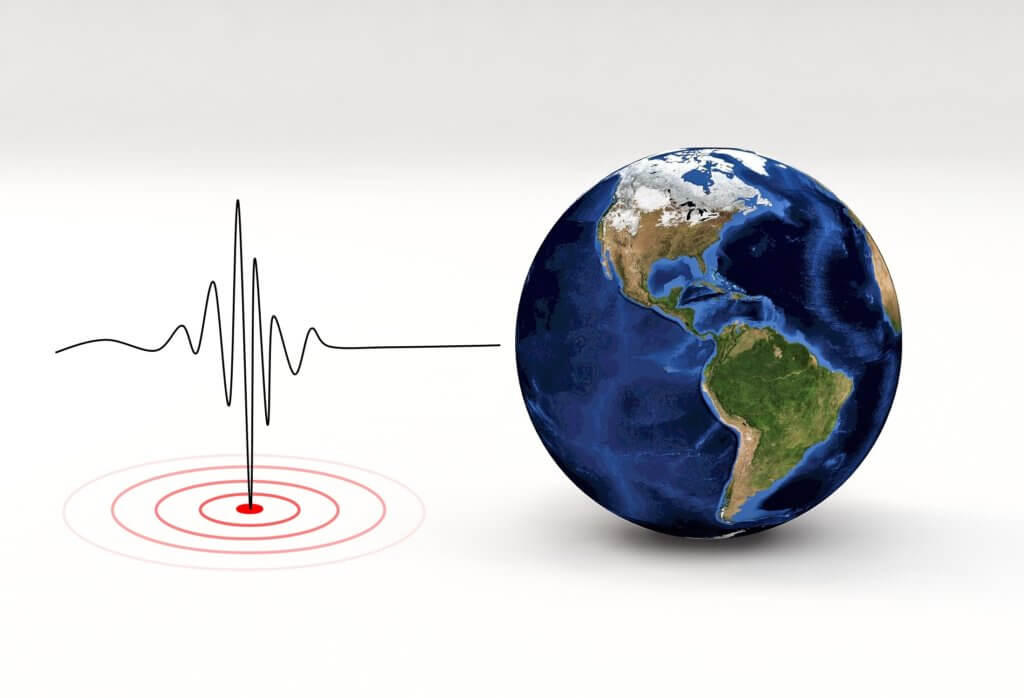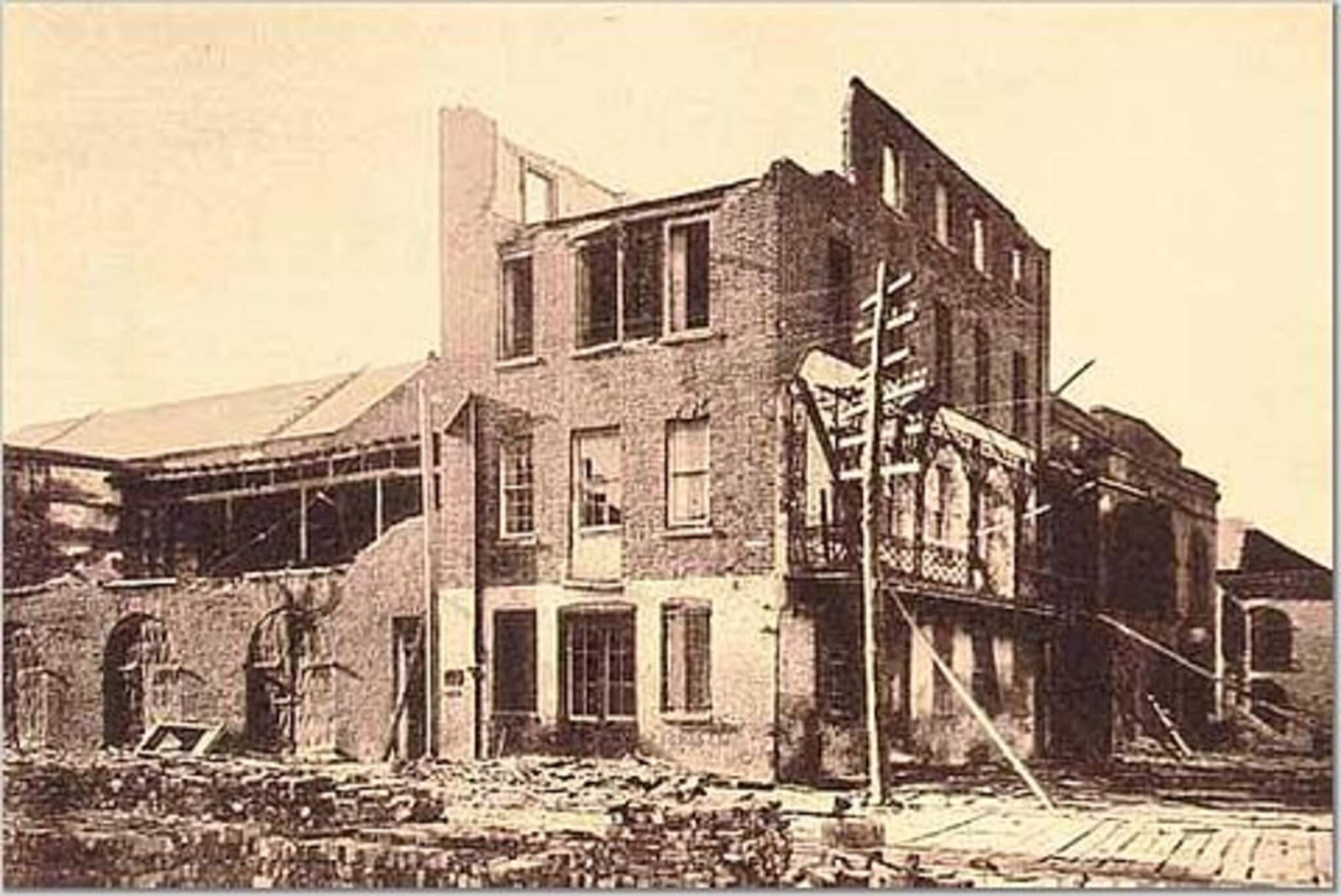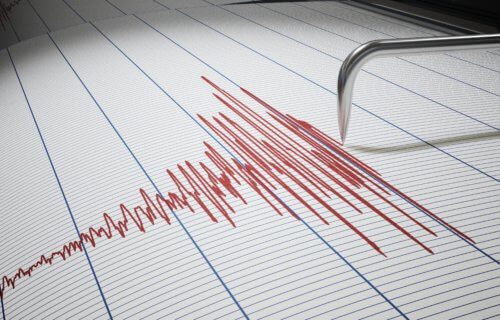WASHINGTON — In a study that is sure to shake up the geological world, some parts of the United States are still dealing with aftershocks from earthquakes that happened in the 1800s. Two centuries ago, some of the most powerful earthquakes ever recorded in the U.S. rocked the central and eastern regions of the country, including Missouri, Kentucky, and South Carolina. These earthquakes are believed to have had a magnitude between 6.5 and 8.0.
Aftershocks are smaller seismic events that can occur in the wake of a major earthquake, persisting for days to years after the initial quake. They are a natural part of the Earth’s fault adjustment process following a significant seismic event. Although aftershocks are typically smaller in magnitude than the main earthquake, they can still cause damage to infrastructure and hinder the recovery process.
“Some scientists suppose that contemporary seismicity in parts of stable North America are aftershocks, and other scientists think it’s mostly background seismicity,” says study lead author Yuxuan Chen, a geoscientist at Wuhan University, in a media release. “We wanted to view this from another angle using a statistical method.”
Regions near the epicenters of these historic earthquakes still experience seismic activity today, leading to the possibility that some of the modern earthquakes could be persistent aftershocks from the past. They could also be foreshocks, which precede larger earthquakes, or simply background seismic activity, which is the usual level of seismic activity in a given region.
According to the U.S. Geological Survey (USGS), distinguishing between foreshocks and background seismic activity is challenging until a larger earthquake occurs. However, scientists can identify aftershocks. Understanding the cause of modern earthquakes is crucial for assessing future disaster risks in these regions, even if the current seismic activity is not causing significant damage.

To determine whether some of today’s earthquakes are indeed long-lived aftershocks, researchers needed to identify which modern earthquakes to focus on. Aftershocks tend to cluster around the epicenter of the original earthquake, so the team considered earthquakes within a 155-mile radius of the historic epicenters. They focused on earthquakes with a magnitude equal to or greater than 2.5, as smaller earthquakes are challenging to reliably record.
Researchers used a statistical approach called the nearest neighbor method with USGS earthquake data to assess whether recent earthquakes were likely aftershocks or unrelated background seismic activity. Aftershocks typically occur close to the original earthquake’s epicenter and before the background seismic activity returns to normal levels, according to the USGS. By examining factors such as the time, distance, and magnitude of earthquake pairs, scientists can link one earthquake to another.
“In some respects, the earthquakes look like aftershocks if you look at the spatial distribution, but earthquakes could be tightly clustered for a couple of reasons,” says Susan Hough, a geophysicist at the USGS who was not involved in the study. “One is that they’re aftershocks, but also you could have a process of creep going on that’s not part of an aftershock process. Exactly what their results mean is still open to question.”
The study revealed that the aftershock sequence from the 1663 earthquake near southeastern Quebec, Canada, has concluded, and the modern seismic activity in the area is unrelated to the historic quake. In the case of the other two historic earthquakes in the Missouri-Kentucky border region (1811-1812) and Charleston, South Carolina (1886), aftershocks from these events may still be occurring centuries later.

In the Missouri-Kentucky border region, approximately 30 percent of earthquakes recorded between 1980 and 2016 were likely aftershocks of the major earthquakes that struck in 1811 and 1812. In Charleston, South Carolina, about 16 percent of modern-day earthquakes were likely aftershocks of the 1886 earthquake. Consequently, the modern seismic activity in these areas is influenced by a combination of aftershocks and background seismic activity.
“It’s kind of a mixture,” notes Chen.
To assess the current seismic risk in a region, scientists monitor not only aftershocks but also creeping fault lines and background seismic activity. The study revealed that background seismic activity is the primary cause of earthquakes in all three regions studied. This suggests that strain continues to accumulate, potentially leading to larger earthquakes in the future. Some faults, though, may experience creep without significant strain buildup.
“To come up with a hazard assessment for the future, we really need to understand what happened 150 or 200 years ago,” concludes Hough. “So bringing modern methods to bear on the problem is important.”
The study is published in the Journal of Geophysical Research: Solid Earth.
You might also be interested in:
- Destructive 6.5 magnitude earthquake expected to strike Israel in the coming years, study says
- Aftershocks from deadly 1959 Yellowstone earthquake rattled park again nearly 60 years later
- Coronavirus, hurricanes, wildfires: Many Americans still unprepared for natural disasters, emergencies


I’m still feeling that double bean and chili burrito I had four years ago on New Years Eve, talk about aftershocks
I live near the New Madrid zone. We have eq’s everyday. Small ones. I remember one back in the 60’s that was a pretty good one. It rattled dishes and shook the ground. It was scary.
Somewhat ridiculous. They could say all earthquakes after the first tectonic shift/drift occurred are aftershocks (the beginning of earth).